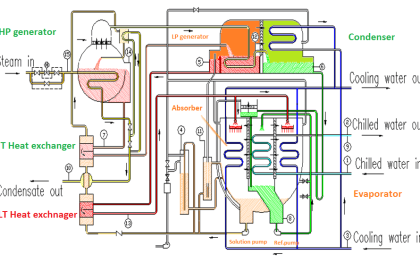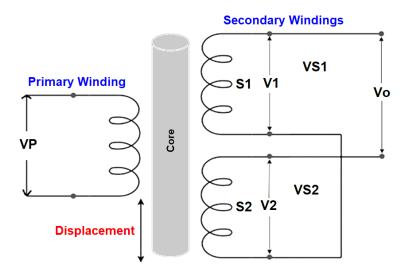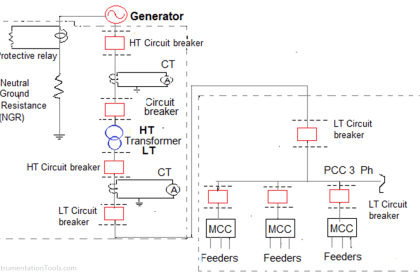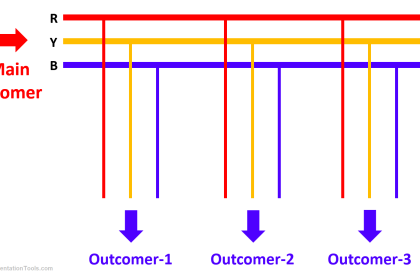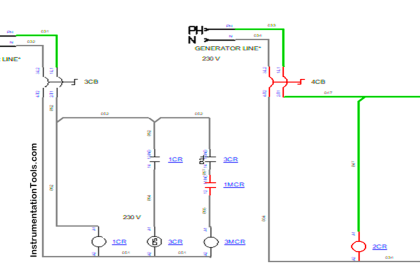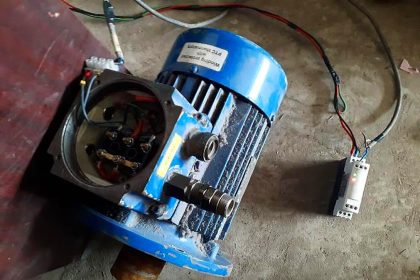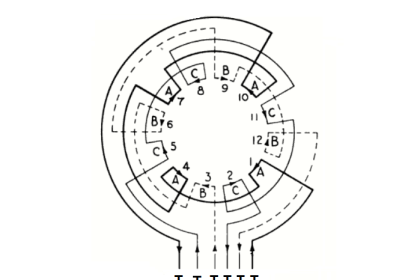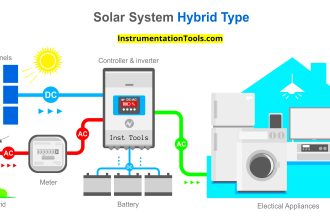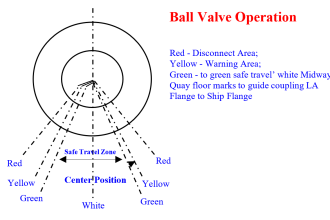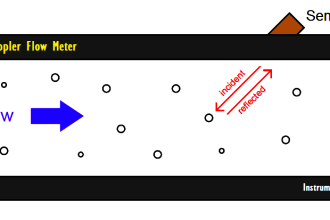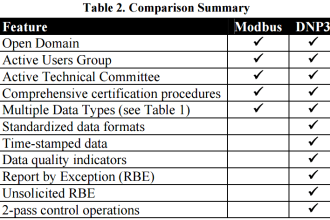You have your electrical panel installed and are now ready to use it. But wait, nothing in this world is safe from tampering. So, even your electrical panel is prone to tampering. One such critical component inside the panel that is crucial to its performance is the terminal block. The terminal block is a component inside the panel that acts as a termination point for two wires. It can either connect external field component wires to the internal wires of the panel or connect two internal wires. Without TB, all your wires will run large and create a mess inside and outside the panel. So, if TB is tampered with, then the overall performance of the panel is greatly affected. In this post, we will see how to protect electrical terminal blocks from tampering.
What is a terminal block?
Refer to the image below. The white blocks where the hands are touched is a terminal block. It is a component which just joins two wires. So, it kind of provides an isolation between two connections.

Suppose the upper hand side of the wire is connected, but the lower hand side wire is not present, or not sure where to connect it further. Then, no issues; just remove that lower side wire and keep it open from the TB. Due to this, the upper side wire remains unaffected and safe from any short circuit from any incorrect wiring in the lower side. TBs can be fused or non-fused. Fused means a fuse is present inside the TB, and non-fused means a fuse is not present inside the TB.
How does tampering with terminal blocks affect the electrical panel?
Terminal blocks are removable. So, if someone removes a faulty TB and places it in place of a working TB, then the wires will not be able to exchange signals between them. Or if someone opens the wire using a screwdriver, then this open wire can either cause an open circuit or a short circuit. Both these cases are harmful to the circuit performance. So, tampering with these terminal blocks is pretty easy, as it just requires a screwdriver to get the work done. It must be thus prevented, otherwise the whole electrical panel will malfunction and in the worst case, also result in accidents.
Protecting electrical terminal blocks from tampering

- Locking the panel:
The very first and basic step is locking the electrical panel. Always ensure that engineers who are authorised to work on the panel get access to the panel. Once the work is done, they must lock the panel and ensure that it does not open unattended. Some types of locks have specialised screws, which cannot be opened by a normal screwdriver. Such locks allow a more secure access, in case the tamperer tries to forcefully damage the lock and open the panel (also called as tamper proof screws).
- Terminal block covers:
Similar to locking the panels, some terminal block manufacturers also provide options where your particular set of TB can be locked. It is a lockout device, which has the same function of lock and key. In this case, you can then keep the panel open for sometime, but also keep the TB’s closed and not open for access. These covers can be either transparent or not transparent. Transparent covers provide a visual option, so it is more costly.
- Use of security seals:
Some locks, in place of keys, have tamper detection seals. That means these seals cannot be broken, and if broken, then it will indicate that someone has tampered with the seal. These seals can be plastic or metal wire. Due to this, unauthorized opening can be prevented, and TB tampering will be avoided.
- Camera monitoring of the panel room:
Perhaps the best way to avoid terminal block tampering. The room where the panel is located can be surveyed continuously by CCTV cameras. Due to this, no one can dare to tamper the electrical panels. Unauthorised access to electrical panels and terminal boards is thus automatically prevented with the use of stringent monitoring means.
Apart from this, regular training must be given to staff on how to maintain the electrical panels for preventing any unauthorised access. Another way to scare the tamperers is to stick labels near the TB’s, warning of electrical shock or damage that can be done in case of tampering. Use color codes for labels, signing authorised access only, failing which can result in electrical damage and shock.
In this way, we saw how to protect electrical terminal blocks from tampering.
Read Next:
- VFD Pros and Cons
- Learn PID in Studio 5000
- PLC Control VFD with Modbus
- Allen Bradley Powerflex VFD
- Dynamic Braking Resistor in VFD
